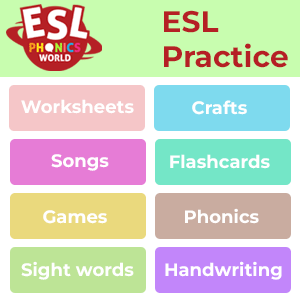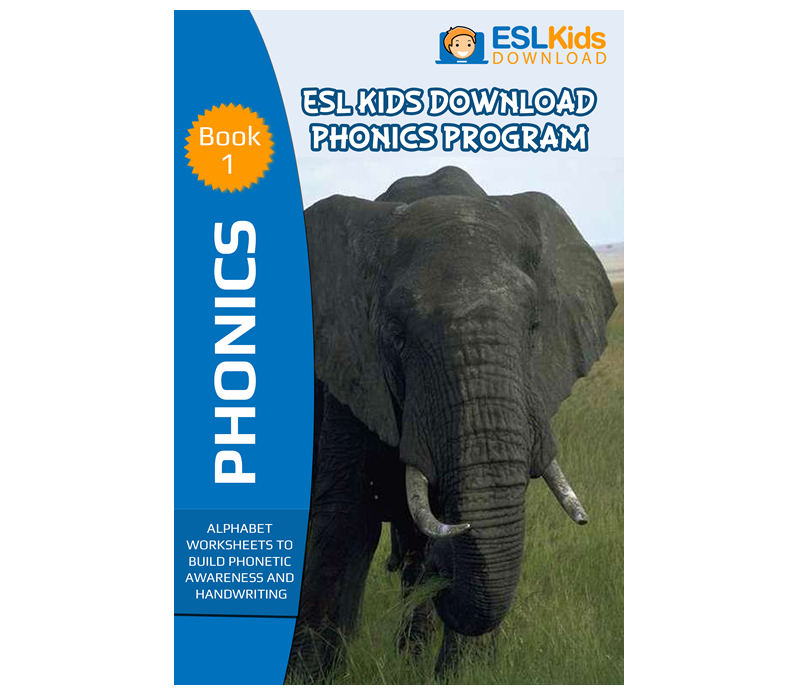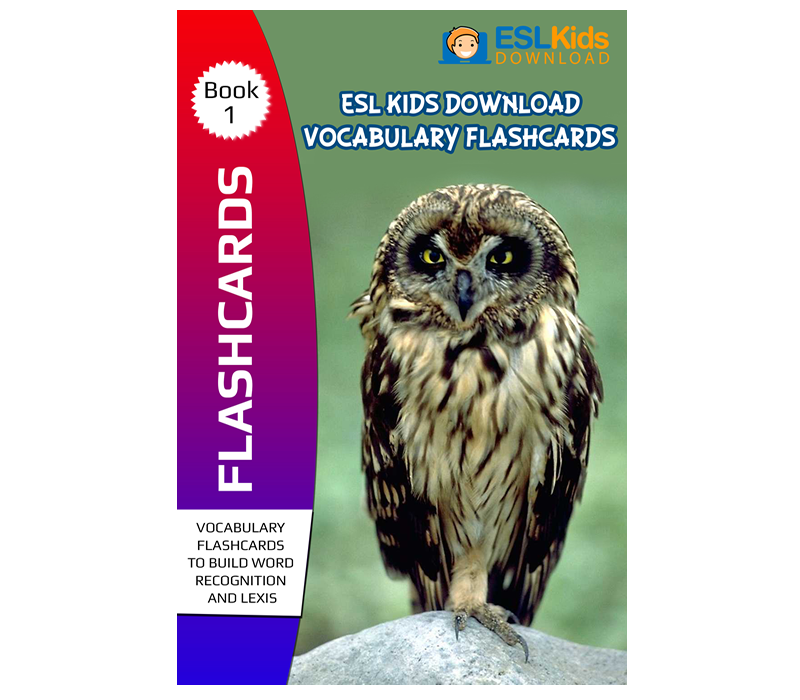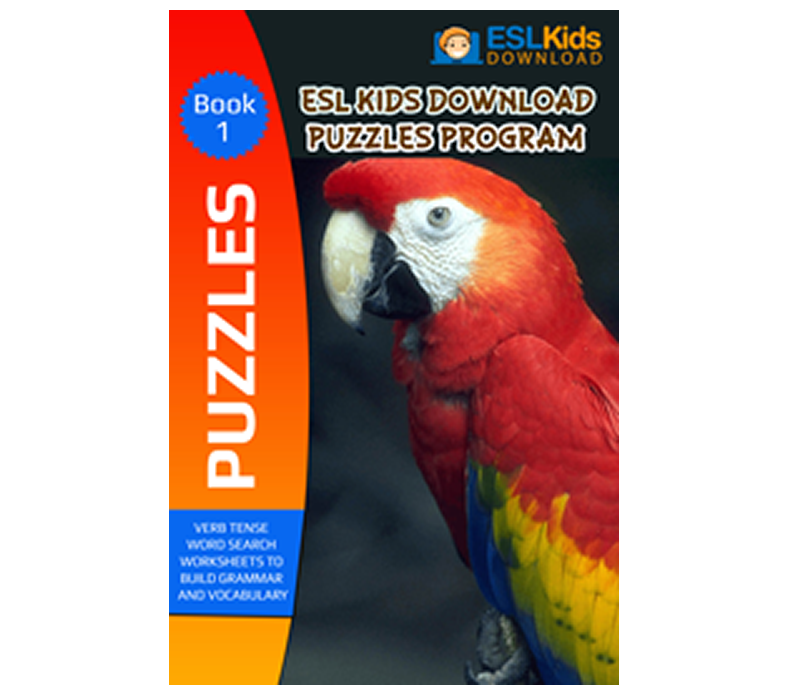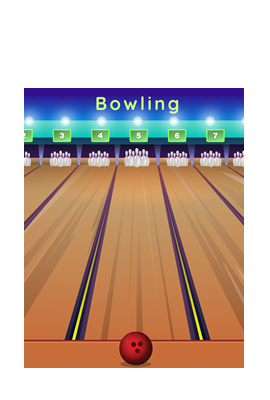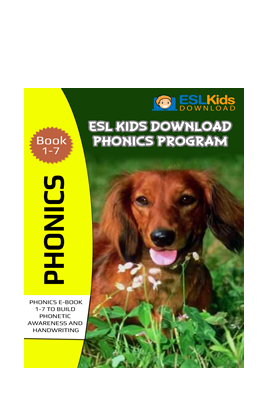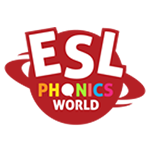Auxiliary Verb in English Grammar: What is an Auxiliary Verb?
An auxiliary verb, also known as a helping verb, is used with a main verb to form different tenses or moods. Examples of auxiliary verbs are: am, is, are, was, were, being, been, will be, has, have, had, having, will have, does, do, did, and will do. Main auxiliary verbs are to be, to have, and to do. For example: She was sleeping for six hours. This is an example of an auxiliary verb expressing tense. Our parcel was delivered to the wrong house. This is an example of an auxiliary verb expressing voice. Did you win the game? This is an example of an auxiliary verb expressing mood. In these examples, the auxiliary verbs are in bold. Check out our auxiliary verbs list.
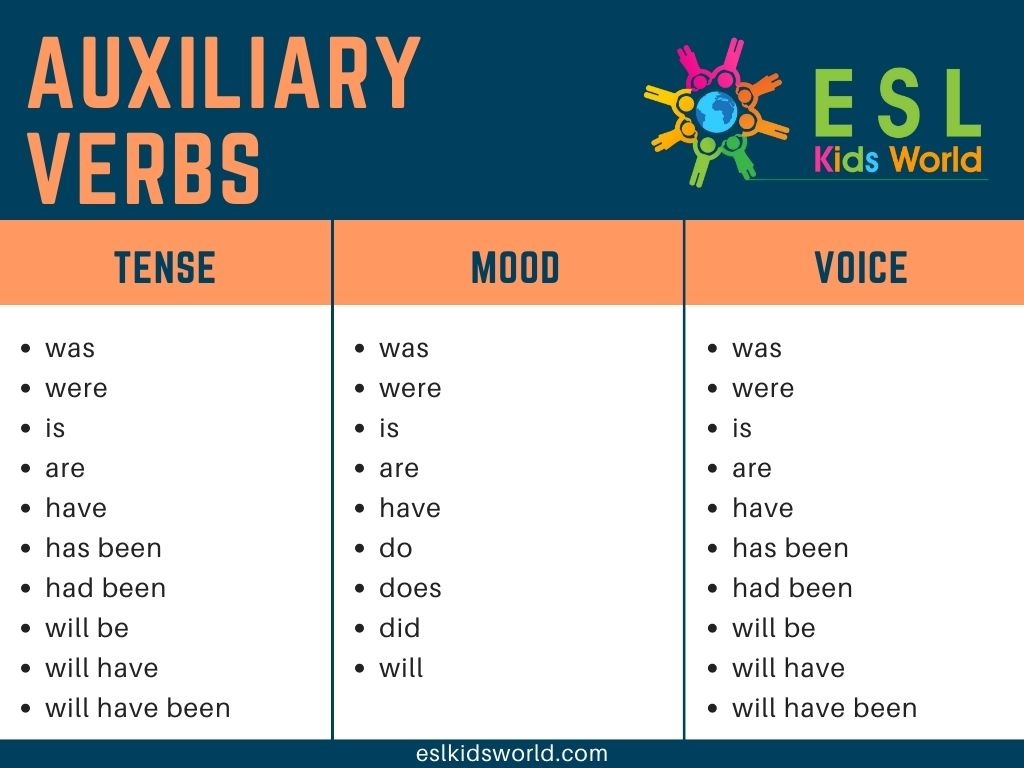
Auxiliary Verb Sentence Examples
Practice auxiliary verb sentences. The word that the auxiliary verb is “helping” is called the main verb. That is why the auxiliary verb always comes before the main verb. Have a go and make your own sentences with the auxiliary verb list poster above and sentences below.
- Auxiliary verb sentences:
- Tony is very small.
- Greg is planning to play in the Premier League.
- Janet is watching her favourite film.
- Rory will have started high school by this time next year.
- Do you go to school with your brother?
- She was waiting for two hours.
- She will have eaten it by then.
- The phone will be disconnected tonight.
- Don't forget your keys.
- Did you remember to feed the cat yesterday?
- He has done the work.
Auxiliary Verb Games and Worksheets
Looking for more resources related to auxiliary verbs? Check out our comprehensive list of worksheets and video games. Download worksheets and play interactive games for free.
Grammar Rules
- Abstract nouns
- Active voice
- Adjectives
- Adverbs
- Adverbials
- Affirmatives
- Articles
- Attributive adjectives
- Auxiliary verbs
- Classifying adjectives
- Clauses
- Collective nouns
- Common nouns
- Comparatives
- Compound nouns
- Conditionals
- Conjunctions
- Connectives
- Consonants
- Contractions
- Countable nouns
- Defining relative clauses
- Determiners
- Direct speech
- Finite verbs
- Future continuous
- Future simple
- Future perfect
- Future perfect continuous
- Gerunds
- Homophones
- Imperatives
- Indefinite articles
- Indirect speech
- Infinitives
- Interrogatives
- Intransitive verbs
- Irregular verbs
- Main clauses
Grammar Rules
- Modal verbs
- Modifiers
- Non-finite verbs
- Nouns
- Objects
- Participles
- Passive tense
- Past continuous
- Past simple
- Past perfect
- Past perfect continuous
- Personal pronouns
- Phrasal verbs
- Phrases
- Plurals
- Possessive pronouns
- Prefixes
- Prepositions
- Present continuous
- Present perfect
- Present perfect continuous
- Present simple
- Pronouns
- Proper nouns
- Proverbs
- Quanitifiers
- Regular verbs
- Relative clauses
- Reported speech
- Sentences
- Subjects
- Suffixes
- Superlatives
- Syllables
- Transitive verbs
- Uncountable nouns
- Verbs
- Vowels
- More Grammar>>
ESL Materials and Activities
Printable Materials
ESL Kids World offers free printable pdf worksheets, board games, gap-fill pages, text-maze puzzles, word scrambles and more.
Classroom Games
Classroom game ideas and activities for learning and practising English. We have practical ideas to make your teaching more fun.
Kids Activities
These include video stories, worksheets, powerpoint, handwriting pages, colouring printables, flashcards, and Jeopardy quizzes for classroom use.
Interactive Quizzes
Our interactive games include, grammar questions, vocabulary quizzes, multiple choice assessments, and fun games to learn English.

